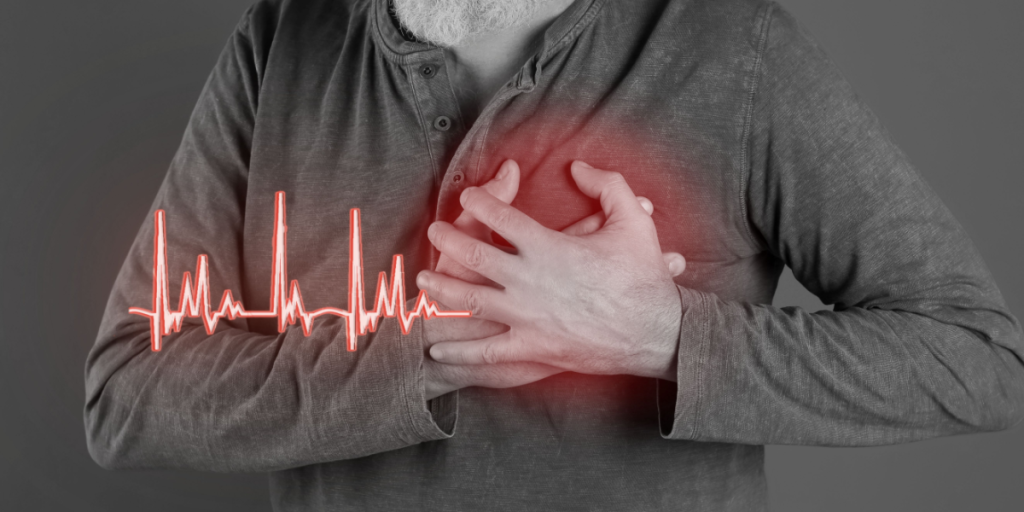The current screening tools risk missing half the people, who are actually at risk.
Others are reading now
A new analysis suggests that many people headed for a heart attack would be told they are safe only days before the event.
Researchers at Mount Sinai say the problem stems from widespread reliance on screening tools that fail to capture real-world individual risk.
Their report, published November 21 in JACC: Advances, challenges long-standing assumptions about how doctors identify who needs early intervention.
Widespread blind spots
The team examined how accurately two major calculators — the long-used ASCVD score and the newer PREVENT model — flagged patients who were on the verge of their first heart attack. According to Mount Sinai, both systems missed large numbers of people who would go on to suffer a cardiac event.
“Our research shows that population-based risk tools often fail to reflect the true risk for many individual patients,” said corresponding author Amir Ahmadi in a press release from Mount Sinai.
Also read
He added that if clinicians had assessed these patients just two days earlier, “nearly half would NOT have been recommended for further testing or preventive therapy guided by current risk estimate scores and guidelines.”
Dr. Ahmadi argued that the current screening model, which leans heavily on symptoms and numerical scores, may no longer be sufficient. “It may be time to fundamentally reconsider this model and move toward atherosclerosis imaging to identify the silent plaque,” he said.
How scores guide care
Standard practice relies on ASCVD calculations during primary care visits for adults aged 40 to 75 with no known heart disease.
Factors such as age, blood pressure, cholesterol and smoking status help determine a person’s estimated 10-year risk of a heart attack or stroke. PREVENT, a more recent tool, expands that formula.
Patients with higher scores are typically given statins or referred for further tests. Those placed in low or borderline categories — especially without chest pain or shortness of breath — are often sent home without additional evaluation.
Also read
Yet the Mount Sinai analysis found that almost half of patients who later had a heart attack would have been classified as low or borderline risk by ASCVD just two days earlier. PREVENT would have placed even more of them — 61 percent — in those lower-risk categories.
Symptoms arrive too late
Researchers reviewed records from 474 patients under age 66 treated for first-time heart attacks at two Mount Sinai hospitals between 2020 and 2025. They calculated each patient’s risk in retrospect and reviewed when symptoms first appeared.
Most patients — about 60 percent — did not report chest pain or shortness of breath until less than two days before their event, underscoring that symptoms often emerge only when prevention is no longer possible.
“When we look at heart attacks and trace them backwards, most occur in patients in the low or intermediate risk groups,” said first author Anna Mueller. She noted that relying on risk scores and symptoms “is no guarantee of safety on an individual level.”
Rethinking prevention
The authors say the findings illustrate a critical flaw: tools designed for tracking population trends do not reliably guide personalized care.
Also read
They argue that earlier identification of plaque buildup through imaging could change outcomes for thousands of patients.
Further research, they said, should explore improved strategies for early detection and prevention.
Sources: Mount Sinai Health System, JACC: Advances.


